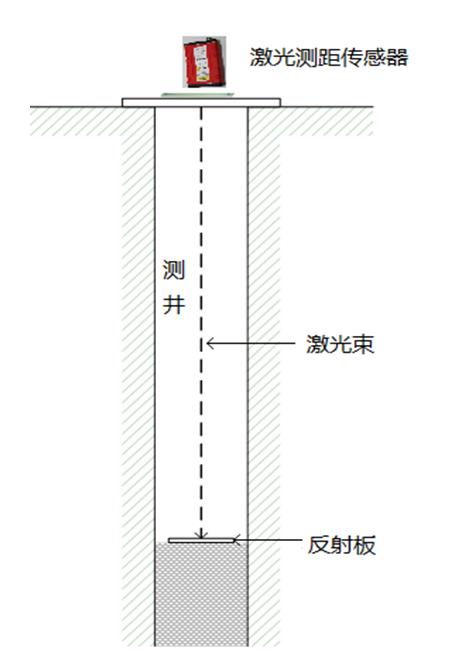You are welcome to visit Mideker Sensors (Shanghai) Co., Ltd.!
National Advisory Hotline:
021-51085546

 Applications
Applications

1.Application background
Laser measurement of water levels has turned out to be a new technology most popular in recent years. The overall function of the water regime automatic measuring and reporting system is aimed to automatically collect, transmit and process real-time hydrometeorological data in the water conservancy hub, to learn the water and rain conditions in the basin area in time, and to understand the trend of incoming water within a certain period of time through hydrological forecasting operations. The hub's flood control and power generation dispatching provide scientific decision-making basis. The emergence of laser ranging technology can also provide accurate water level data for flood control and electricity dispatching.
2.System principle
The laser sensor emits a laser beam to a light target floating on the water surface, and measures the water level according to the phase difference between the moment of emitting the laser and the moment of return of the laser. This is the non-contact measurement method of water level. When the MIDEKER laser sensor is 100m away from the reflector, the spot diameter mapped on the light target is less than 60mm. This method of measuring the water level is high in measurement accuracy (measurement error is less than ±1mm in the range of 100m). The sensor can directly convert the water level signal into a digital signal through the RS-422 output, and the measurement accuracy is not affected by water quality and ambient temperature. In addition, it boasts simple/easy setup, versatile interfaces, convenient installation and debugging, a maintenance free gadget indeed. The only disadvantage is that this method of measuring the water level is relatively expensive and should be used along with a (well) logging. However, it has obvious advantages over other types of sensors mentioned above, and as a result, it has drawn lots of attentions since it showed up in the market.

3. Laser reflector and logging selection
According to the principle of measuring the water level by the laser ranging sensor, the sensor needs to have a logging and a light target (i.e., a reflecting plate) to work with for measuring the water level, and the surface of the reflecting plate has a reflective property, a smooth texture, and can float on the water surface. Normally it is a synthetic plastic foam/PVC, that can be of a round shape, sizing wise it depends on the that of the (well) logging, usually, its diameter can be 2/3 of that of the (well) logging. The color is preferably white. Please do not choose dark green.
In order to ensure the reliability and accuracy of the water level measurement, the laser sensor must be installed in an enclosed closed logging. If there is an access ladder in the logging, prevention of floating reflection plate from being stuck in the ladder in the process of installation should be considered so as not to affect the measurements.
If there is no logging readily available, stainless steel or galvanized piping can be used instead, and PVC plastic piping can also be an alternative. Nevertheless, the inner walls of the piping should be smooth. Steady and secure Installation should be ensured. For ease of installation and commissioning, the piping diameter should be greater than 300mm.